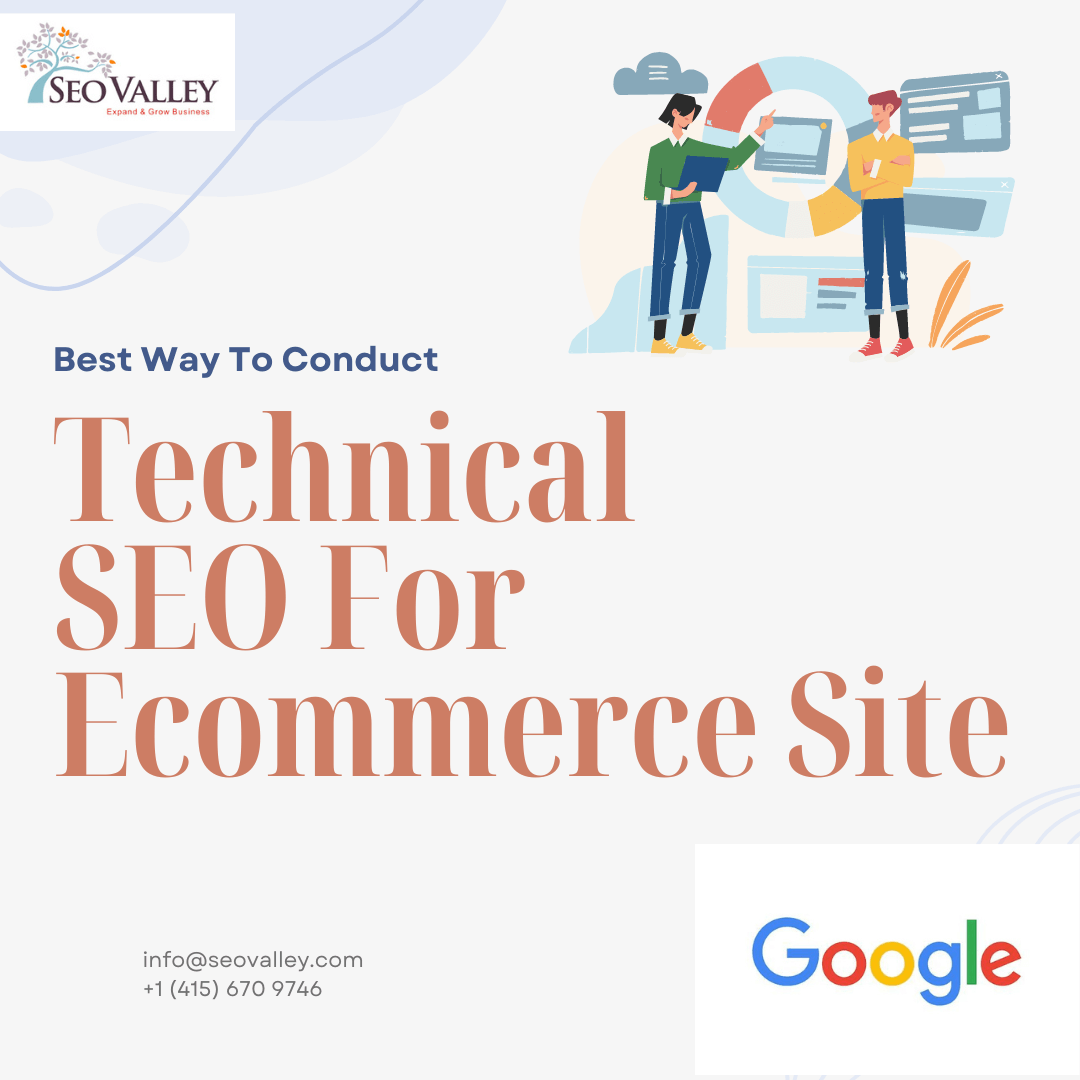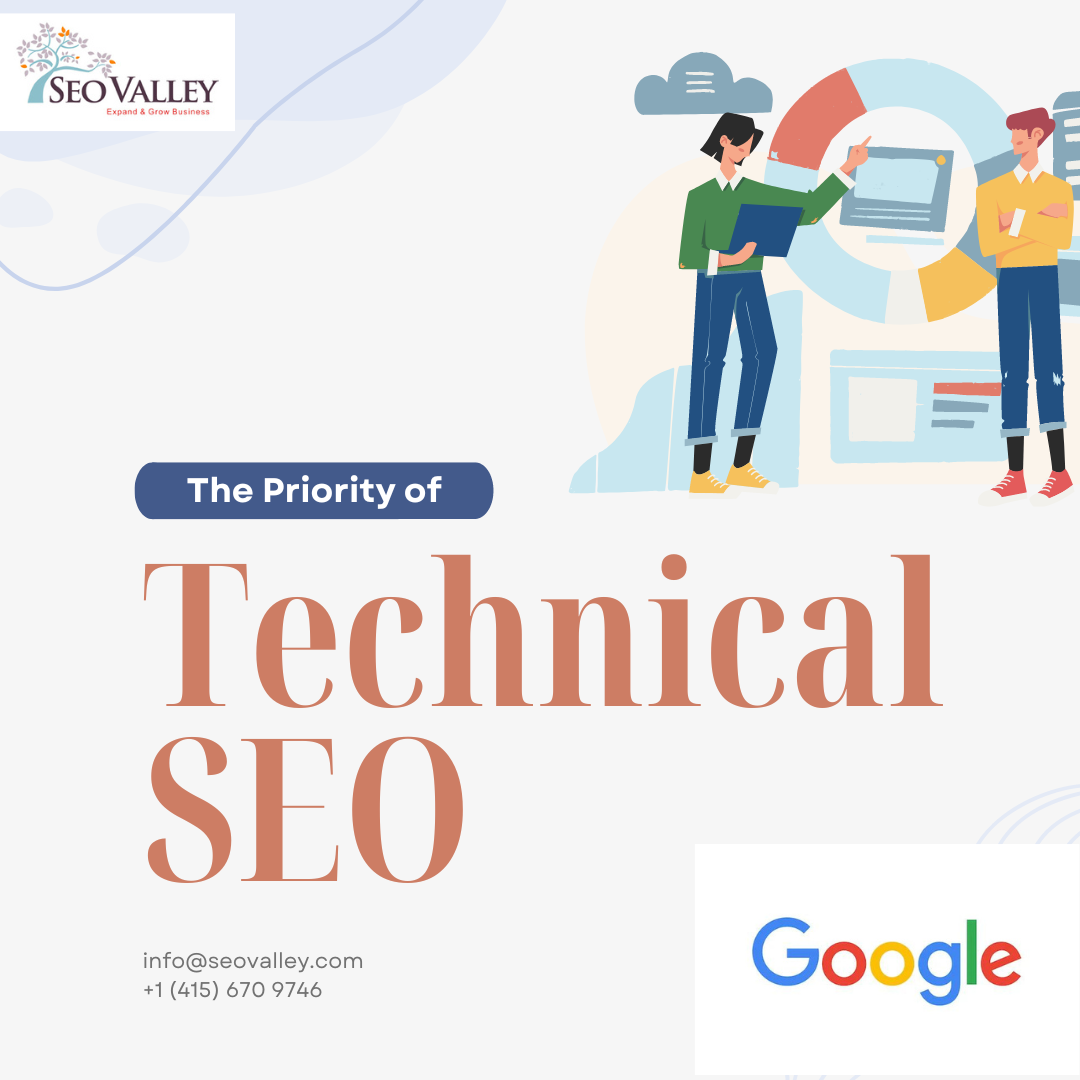SEO isn’t about brand size—it’s about quality and relevance. No wonder many startups have outperformed their much bigger counterparts on Google rankings. For example:
- Dollar Shave Club challenged razor giants like Gillette by targeting more than 80,000 keywords spread across the sales funnel.
- Ahrefs saw a 1136% increase in organic traffic, directly competing with SEMrush and other major players in the SEO tools sector.
- Warby Parker took on big names by focusing their SEO strategy on keywords related to specific frame styles, lens types, and affordable eyewear.
These inspiring underdog success stories are just a few of many—and you can certainly be one of them. By combining human insights with technical SEO strategies, you can enhance your startup’s online presence and step into the big leagues.
1. Improve your navigation and site structure.
- Create a logical hierarchy in your site’s layout. Start with broad categories and funnel down to more specific topics. Use clear and descriptive headings that accurately reflect the content under them. This structure helps users easily find what they are looking for and understand the layout of your site.
- Make sure that important content is not buried too deep in your site’s architecture. All the vital information should be no more than 3 clicks away from the homepage.
- Use breadcrumb navigation and a sitemap to make your website more user-friendly. Breadcrumbs provide a trail for the user to follow back to the entry point and are useful for search engines to understand the site structure. A sitemap lists all pages of your site, making it easier for search engines to crawl.
2. Optimize for mobile access.
With the majority of online searches now made using smartphones, your website needs to perform extremely well on mobile devices.
- Compress images to reduce load time. Tools like Adobe Photoshop can reduce file size without compromising clarity.
- Simplify menus for easier navigation on smaller screens. Make them touchscreen-friendly and eliminate complex drop-down options that are difficult to use on mobile devices.
- Use responsive web design templates. Responsive design automatically adjusts your website to fit the size of the user’s screen, providing a seamless experience whether on a desktop, tablet, or smartphone.
3. Boost your website’s speed.
Did you know that most visitors leave a website if it takes more than 3 seconds to load? To avoid this, you can:
- Optimize image sizes. Large images take too long to load. Use formats like JPEG or WebP, which provide good quality at lower file sizes.
- Reduce server response times by choosing a better hosting solution if necessary.
- Enable browser caching. This stores some of your site’s data on the user’s device, so it doesn’t need to be reloaded with each visit.
4. Don’t forget local SEO.
If your startup relies on foot traffic or local clientele, then you need to conquer local search queries.
- Claim and optimize your Google My Business listing. Check to see if your business information is accurate and complete (including your address, phone number, and business hours). Regularly update your listing with any news, events, or promotions.
- Encourage customers to leave reviews and ratings. Reviews provide ‘social proof’ to potential customers and tell Google that your business is trustworthy. Actively encourage your customers to leave them on your Google My Business profile. Respond to reviews (whether positive or negative) to show that you value feedback.
- Localize your content. Include local keywords, references to local landmarks, and community events in your blogs and other content.
5. Go bigger with international SEO.
Does your startup cater to a more global market? International SEO can unlock growth opportunities and allow you to play in the same field as big brands. But it’s not as simple as translating your website into another language.
- Configure your website’s structure, particularly the ccTLD, subdomains, and subfolders. Using country code Top-Level Domains (ccTLDs) like ‘.fr’ for France or ‘.jp’ for Japan can boost your local search rankings in those countries.Alternatively, you can use subdomains or subfolders for different regions or languages on your main website. Subdomains (such as fr.yourdomain.com) or subfolders (yourdomain.com/fr/) can be effective, depending on your business model and resources. This structural organization helps search engines recognize and index the localized content correctly.
- Localize keywords and optimize your content for your different cultures and regions. This could mean using new examples, idioms, and references that align with local values and interests.
6. Master keyword optimization and research.
Don’t just fill your content with popular phrases (even if they’re not even remotely related to your product). Instead, focus on finding relevant and high-quality keywords that bring long-term value.
Use tools like SEMrush or Google AdWords Keyword Planner to identify relevant long-tail keywords you can target efficiently. Integrate these words naturally in your content and place them strategically in your meta descriptions, headings, alt text, title tags, and URLs to improve your site’s visibility.
Beyond simply using keyword research tools, there are other things you can do to enhance your keyword strategy:
- Focus on niche and commercial keywords with high search intent. There’s less competition and higher chances of converting target customers who are ready to buy.Think about it: Large brands often aim for broader keywords, which can make it difficult for them to dominate specific market niches. By zooming in on long-tail keywords and catering to particular user needs, you can turn your startup into a prominent voice in its specific area, drawing in more targeted traffic.
- Analyze the intent behind your targeted keywords. Is it informational (seeking information), navigational (looking for a specific website or page), transactional (intending to make a purchase or perform another specific online activity), or commercial investigation (considering a purchase and looking for more information before deciding)? When you understand the type of intent associated with each keyword, you can tailor your content to meet those specific needs.
- Include powerful modifiers, such as ‘guide,’ ‘best, or ‘2024’ to appeal to users and craft your content to answer their specific questions or needs.
Related: 5 Biggest Mistakes to Avoid During SEO Keyword Research
7. Create better content.
When it comes to SEO, remember that quality outperforms quantity. This is why you should
regularly update your site with fresh and informative content. It doesn’t have to be long, but it has to be useful and interesting for your target audience.
- Apply storytelling techniques to persuade readers – People appreciate good storytelling because it creates a personal connection and evokes emotions. Why not make it a part of your SEO strategy?Narrative-style content can keep your readers’ attention longer. This engagement ultimately improves brand recall. So go ahead and write compelling narratives based on case studies or real-life experiences related to your startup, and add a strong CTA!
- Add multimedia elements – Infographics, videos, and images are naturally engaging, so don’t be afraid to add them if they can reinforce your message or make it easier to digest.But before you hit that publish button, be sure to optimize these assets for SEO! Add a descriptive alt-text with targeted keywords on images so visually impaired readers can understand what the image content is about. Use optimal file sizes to speed up video loading times, too. (Related: A Complete Guide to Video SEO)
8. Get expert help.
Startup SEO is a long-term strategy. It requires consistent and sustained effort over time. If you cannot devote the necessary time and resources to this aspect of growing your business, it’s best to bring SEO professionals.
An experienced SEO agency can continuously refine your website for steady, long-term organic growth. If you’re looking for a partner, contact SEOValley.





